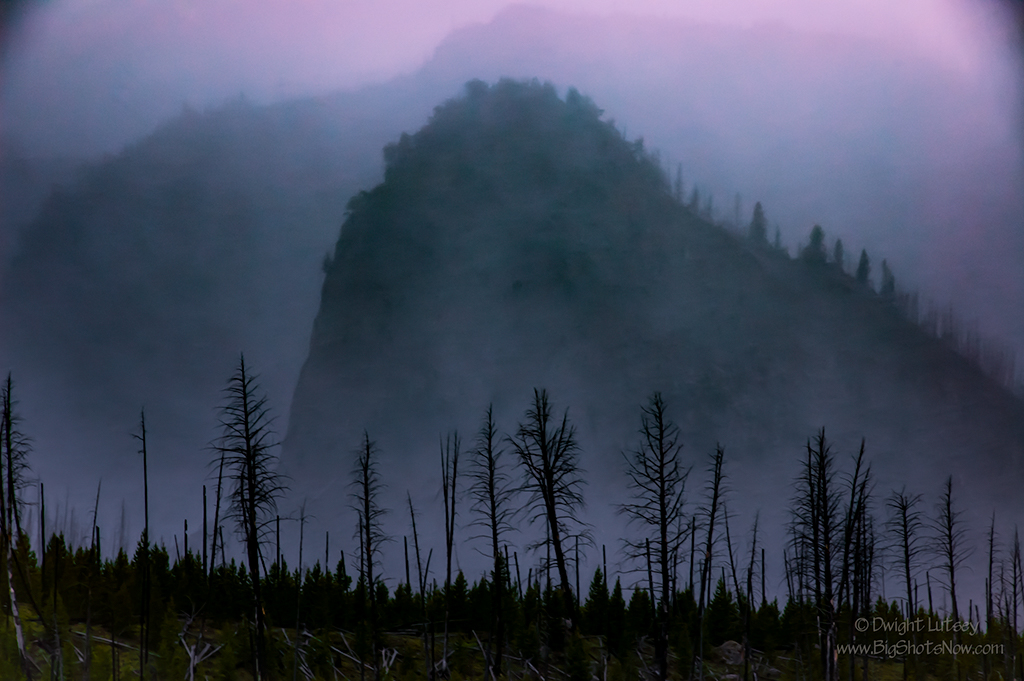
Those of you who have visited The Institute know that there is more to it than the cluster of magnificent buildings housing some of the most high-tech equipment and knowledge on planet earth. You also know about some of the other activities we have in progress that require their own set of buildings, such as our world famous Observatory placed on the mountain top that overshadows and shelters The Institute.
And there is our world-famous weather modification program that is housed its own tuff shed because of the intricacy of the equipment needed, and the need to keep that equipment out of the weather. We use a lot of tuff sheds because we can get them from Home Depot and have them delivered right to the compound complex. They’re tuff enough for the modifications we make to them to handle things like the hook up for the incredible amount of electrical power needed to change the weather. We bring some of our power in from the outside world and have to use 36″ culverts for conduits which makes it heavy and difficult to connect. It takes three interns just to pick up the plug and stuff it in the socket installed in the side of the tuff shed. Plus if we have to unplug it the tuff shed walls can withstand the force of the pickup pulling on the plug to disconnect it. So we need to use tuff sheds for some of the larger installations. We’re dealing with 111,000 amps here with a three-prong plug nearly 8′ in diameter so a tuff shed is the only way to go.
We have the command center located in the middle of the Institute complex that we call the Big House, which is where our very own Director maintains his own living quarters so he can oversee the immense multiplicity of activities that take place here, and have the kind of living space that he has become famous for, and only the misuse of huge amounts of Institute funds can provide. We have the staff quarters where we house some of more lucid PhD’s, and the compound where Tent city is located to accommodate the many interns that come and go. We have the zoo, the 1.2563 million gallon aquarium, our own high country botanical center with specimens from around the world plus the new ones we have developed right here in-house. We have our own privately owned shock-collar wearing Wolf pack that patrols the property itself. It took nearly herculean effort to bury the power cable around the perimeter of The Institute so the collars would work and apply the necessary voltage to our canine friends to keep them from leaving the property, but not totally kill anyone who accidently wandered onto our property. But it was necessary to keep the pack contained. I mean one or two of the villagers kids go missing and there is a hell of a row. We just don’t have time for that.
We have our incredible data center where we have our very own Cray super computer that we purchased for pennies on the dollar from CSU when they were going to throw it out, if fact some of it was already in the dumpster and we had to dig it out. Plus, not to mention the hundreds if not dozens of specially modified IBM 8086 floppy disk drive PC’s, daisy-chained together with usb cables and 4″ link log chain to produce another super computer, plus cut down on theft. They were modified because originally the 8086 IBM computer didn’t have a usb connector. We didn’t realize that many of our readers weren’t aware of that. We weren’t either when we purchased them. We just thought we got a good deal. But live and learn, fortunately our trained IT technicians were able to weld the proper usb connectors in place so we ‘re good to go now. The only other issue we’re dealing with is where to store all those millions of 5″ floppy disks that have been accumulating. We may have solved that problem already as our head IT person found storage in the magnetron building where we store all of our spare magnets. So our backups are secure now.
We could go on and on about the yacht harbor on the North Fork of the Cache La Poudre river, our helipad, the Bentley restoration garage, but The Institute is more than these shallow but very cool and desirable things that many of us could not live without. These items mentioned are just the trappings of a wildly successful Institute that brings in bales of money. The projects come and go like financial raindrops. Sometimes you have a torrential monsoon of wealth literally falling out of the sky, other times there is but a drizzle and we’re as broke as the Ten Commandments.
What we also have in abundance is the property itself, and that is what some people think is the most important part of our operation. The miles and miles of limited access wilderness that we oversee. If you have been following the blog for any time at all you know our property encompasses every thing from the driest deserts to the highest mountains and everything in between. Do you have any idea of how much razor wire it takes to fence a spread like this, lots, like really a lot. We have trains full of it pulling into our siding every day.
Recently we have acquired this new piece of property and had it shipped here with everything you see in the image above. The trees, the rocks, the fog, the light. It was simply going to waste in Arizona and because their state budget is strapped because of housing all of the illegal aliens and even some of those from other countries, plus the money it takes to keep that wall polished and in good repair, we were able to get this property at a tremendous discount. Plus all we have to do is let some of the guys in the city council down there come up here and hang out on it every so often and we can even defer the interest on the promissory note for it. I’m telling you, we made out like scalded cats on this deal.
There were some objections raised about the feasibility of moving another mountain here by some of those on our board of directors but after we made known our plans to bring back the Lamprey Surprise menu at the commissary and cut off their contact with the outside world, which meant no internet, no running down to the 7-11 for Slurpee’s, no conjugal visits, they changed their minds and welcomed the idea.
Plus we were able to shoehorn it in where we had that disastrous hazardous waste dump site that was so lucrative for us, until they stopped running a lot of those nuclear power plants and prohibited shipping those 55 gal. drums across state lines. Man did we take it in the shorts on that deal. Dealing with all those EPA guys and losing all those interns we sent down there to try and bury that stuff. That was about as much fun as a tornado in a trailer park.
Right now we haven’t exactly figured out how we’re going to monetize this property but there has to be an angle where we can produce some kind of revenue stream, even if it is only charging a rather expensive but excessive rescue operation for those city council guys that come up and want to use it. That’s some rough country down there before you even get to the hazardous waste dump place. Plus there’s some really deep areas, bottomless ravines and stuff, and cracks that go on for miles. So where we had some install problems fitting that property in there makes it a little dicey to navigate through. You don’t just casually drop a new mountain in place without having something not fit right. So there are places where if you go you might never be seen again, but that’s wilderness, Right?
Any way we thought you might enjoy being brought up to speed on some of the improvements happening here at The Institute. Stop in sometime, but make sure you call first. Seriously, call. Ever since the election started our security people are kind of jumpy. They don’t know what kind of weirdo might be trying to get in and access our people, so they tend to be rather liberal with the use of those depleted plutonium bullets they carry. Just a warning, especially if you have an expensive comb-over. We’d like to see you but call first.

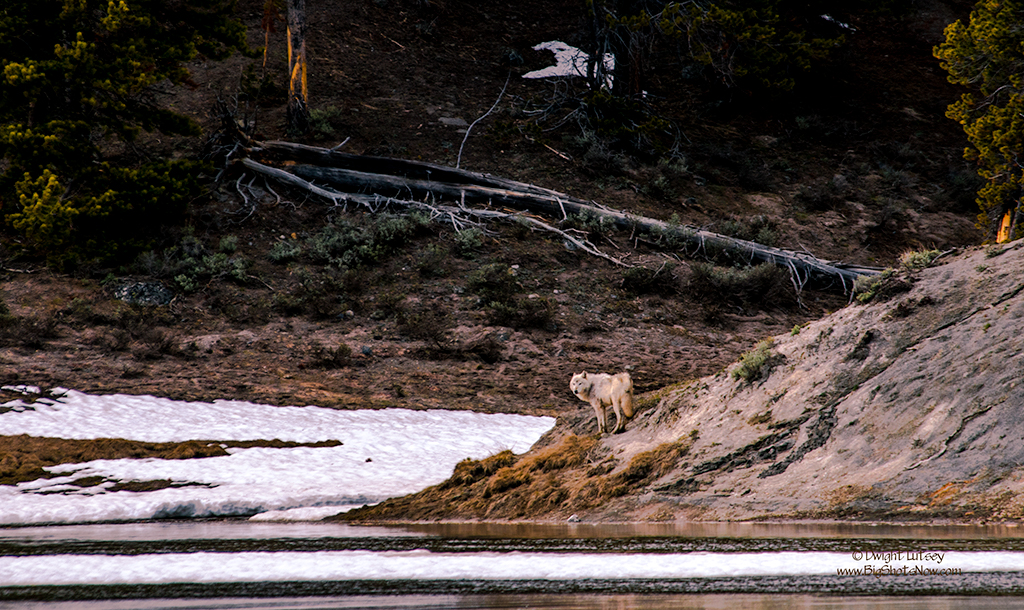
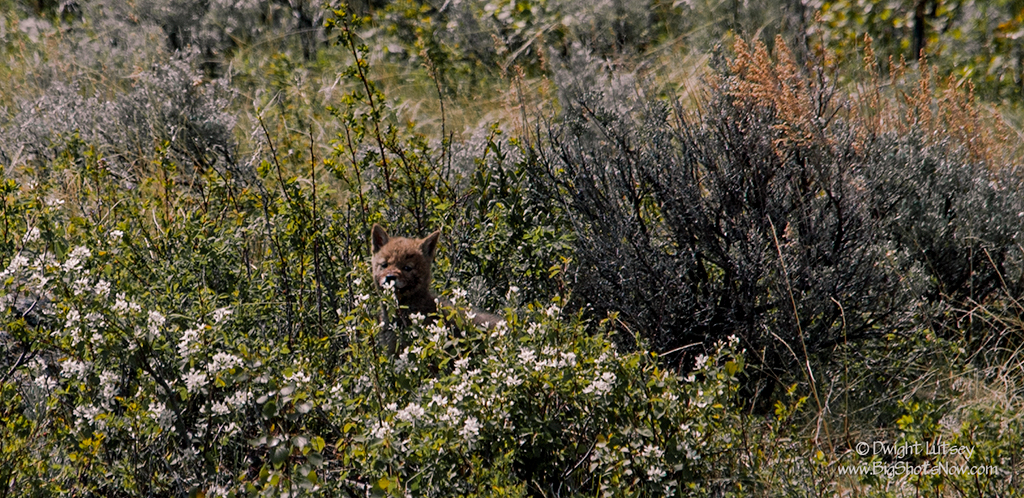

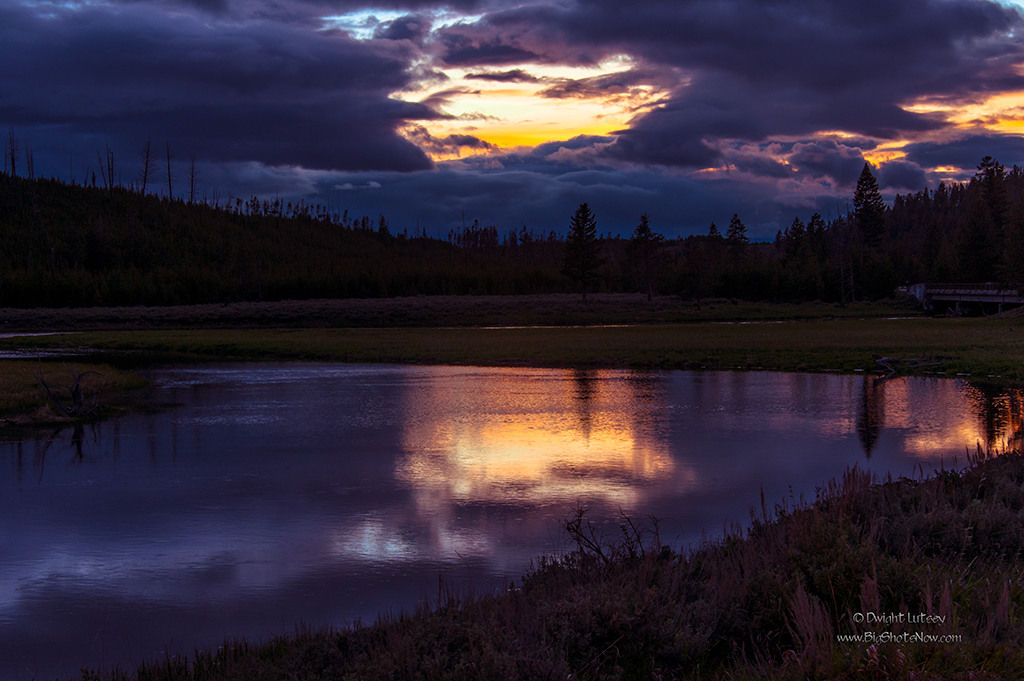
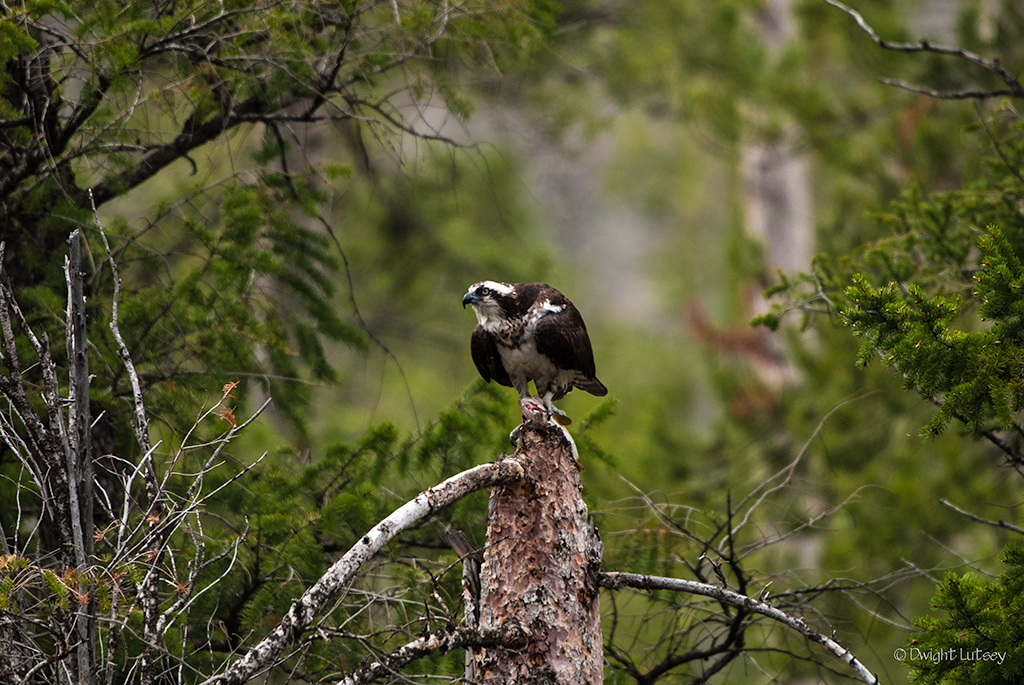
You must be logged in to post a comment.